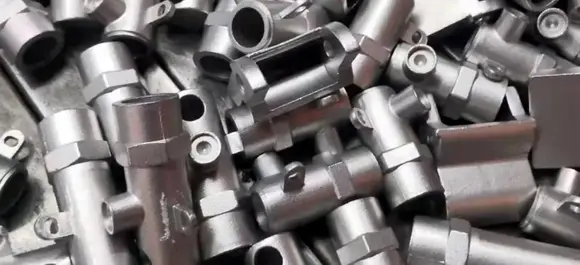Mobile:+86-311-808-126-83
Email:info@ydcastings.com
impeller suction
Understanding Impeller Suction A Key Concept in Pump Operation
Impeller suction is a fundamental concept in the operation of centrifugal pumps, which are widely used in various industrial applications, including water treatment, chemical processing, and oil refining. Understanding how impeller suction works is crucial for engineers and technicians involved in designing, operating, and maintaining pumping systems.
At its core, an impeller is a rotating component within a pump that transfers energy from the motor to the fluid, enabling it to move from one location to another. The design of the impeller, including its shape, number of blades, and rotational speed, significantly influences the pump's efficiency and performance.
When the impeller turns, it creates a low-pressure area at its center, known as suction. This phenomenon is based on Bernoulli's principle, which states that an increase in the speed of a fluid occurs simultaneously with a decrease in pressure. As the impeller blades rotate, they draw fluid into the pump from the suction side, allowing the pump to fill with liquid. The design of the impeller is crucial; it must be optimized to create sufficient suction to overcome system resistance.
impeller suction

Proper impeller suction not only ensures that a pump operates efficiently but also prevents issues such as cavitation. Cavitation occurs when the pressure in the fluid drops below its vapor pressure, leading to the formation of vapor bubbles. These bubbles can collapse violently, causing damage to the impeller and reducing the pump's lifespan. Therefore, it is essential to maintain proper suction conditions and avoid scenarios that could lead to cavitation.
Several factors affect impeller suction, including the pump's specific speed, the type of fluid being pumped, and the overall design of the pumping system. The Net Positive Suction Head (NPSH) is a critical measure in this regard; it indicates the pressure available at the suction side of the pump. A higher NPSH means a lower risk of cavitation, ensuring smoother operation.
In summary, impeller suction plays a pivotal role in the functionality of centrifugal pumps. By understanding the principles of impeller design and the importance of maintaining adequate suction conditions, professionals can optimize pump performance, extend equipment life, and minimize operational issues. As industries continue to evolve and demand for efficient fluid transport grows, a thorough understanding of impeller suction will remain a vital skill in the field of engineering and fluid dynamics.
-
Impeller Technology That Powers Precision in Pump SystemsNewsMay.22,2025
-
Valve Durability Begins with Quality Cast Iron ComponentsNewsMay.22,2025
-
Performance Cooling with Advanced Automobile Water Pump SolutionsNewsMay.22,2025
-
How Motor Housing and Oil Pans Shape Engine PerformanceNewsMay.22,2025
-
How Metal Castings Drive Modern Manufacturing EfficiencyNewsMay.22,2025
-
Exploring the Engineering Behind Valve Body CastingsNewsMay.22,2025











